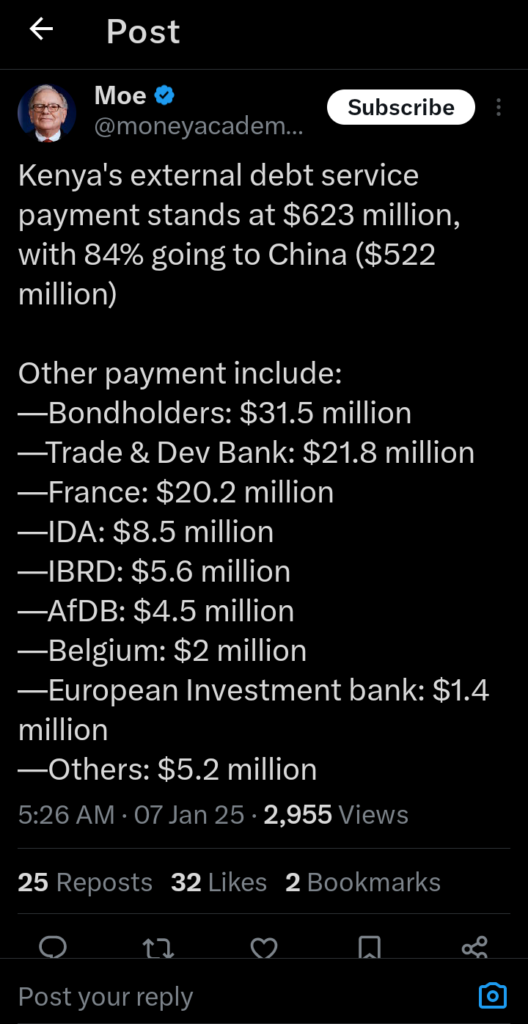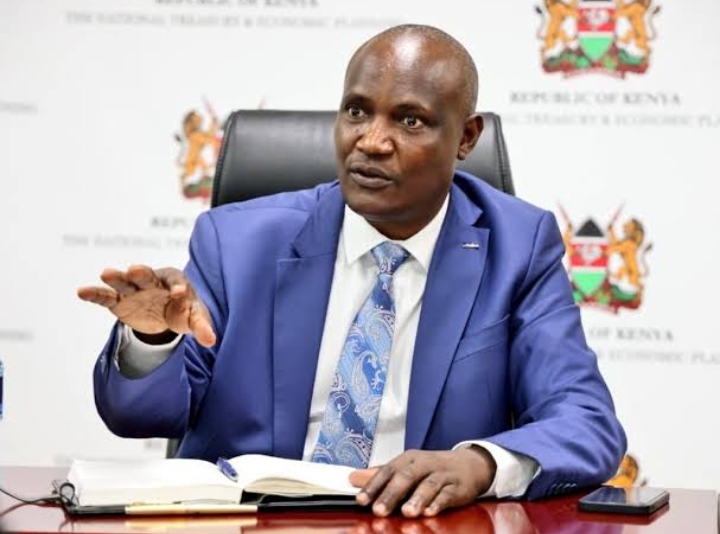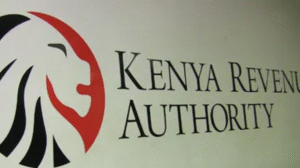Kenya’s external debt obligations have reached a level, with a total payment of $623 million due.
A substantial portion of this amount, approximately 84% or $522 million, is allocated to China.
This large payment to China is primarily due to loans taken for infrastructure projects, notably the Standard Gauge Railway (SGR), which was financed through Chinese credit.
In addition to the payments to China, Kenya is also servicing debts to various other creditors.
These include bondholders, who are set to receive $31.5 million. This payment is likely related to interest on Eurobonds that Kenya has issued in the international financial markets.
The Eastern and Southern African Trade and Development Bank (TDB) is due $21.8 million, reflecting regional financial commitments. France is another bilateral lender, with a payment of $20.2 million scheduled.
Multilateral institutions are also among Kenya’s creditors.
The International Development Association (IDA), part of the World Bank Group, is owed $8.5 million, while the International Bank for Reconstruction and Development (IBRD) is due $5.6 million.
The African Development Bank (AfDB) will receive $4.5 million, underscoring Kenya’s engagement with continental financial bodies. Belgium and the European Investment Bank are set to receive $2 million and $1.4 million, respectively.

Other creditors account for a combined total of $5.2 million.
The huge debt repayments, especially the large sum owed to China, have implications for Kenya’s fiscal health.
Servicing these debts requires substantial financial resources, which could otherwise be directed towards development projects or social services.
The heavy debt burden also limits the government’s fiscal space, constraining its ability to respond to economic challenges or invest in new initiatives.
Kenya’s debt situation has been a topic of concern among economists and policymakers. The country’s total public debt has been on the rise, with external debt constituting a significant portion.
As of June 2024, the total public debt stood at Kshs 10.6 trillion, with external debt accounting for approximately half of this amount.
The government has been exploring various strategies to manage and mitigate the debt burden. One approach has been to take advantage of favorable exchange rates.
A stronger shilling reduces the cost of servicing external debt, as fewer shillings are needed to purchase the requisite foreign currency.
For instance, in January 2025, the Treasury anticipated savings of about Kshs 24 billion in debt servicing costs compared to January 2024, attributed to a stronger shilling.
Additionally, the government has been cautious about contracting new external debts.
Efforts are being made to limit the present value of new external debt to sustainable levels.
This includes setting ceilings on the amount of new debt that can be contracted or guaranteed within a given period.
Despite these measures, challenges remain.
The debt service-to-revenue ratio has exceeded recommended thresholds, indicating that a substantial portion of government revenue is being directed towards debt repayment.
This situation underscores the need for prudent fiscal management and the implementation of strategies to enhance revenue collection while controlling expenditure.
Kenya’s external debt service payments, particularly the amount owed to China, highlight the country’s fiscal challenges.
While efforts are underway to manage and mitigate the debt burden, continued vigilance and prudent economic policies are essential to ensure fiscal sustainability and economic stability.





















Add Comment